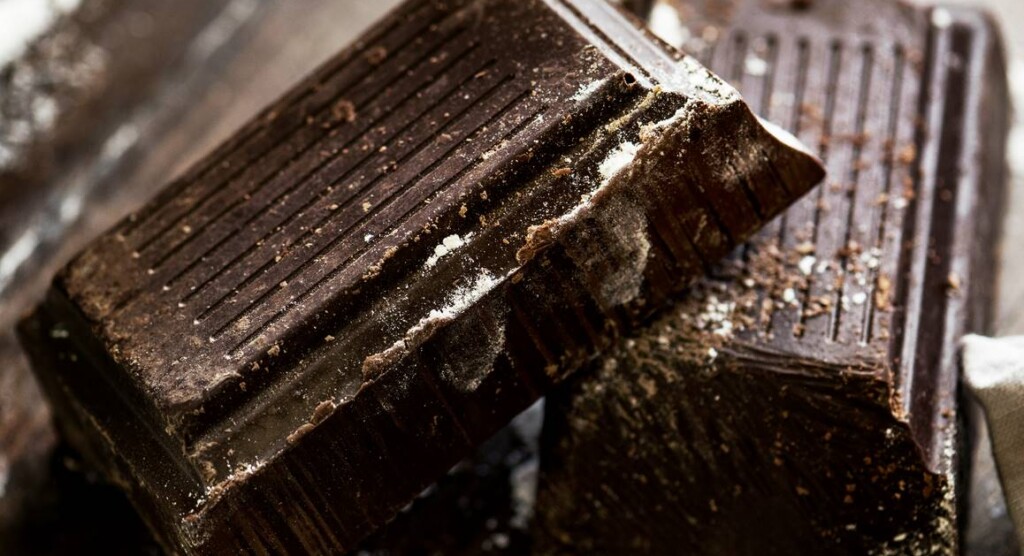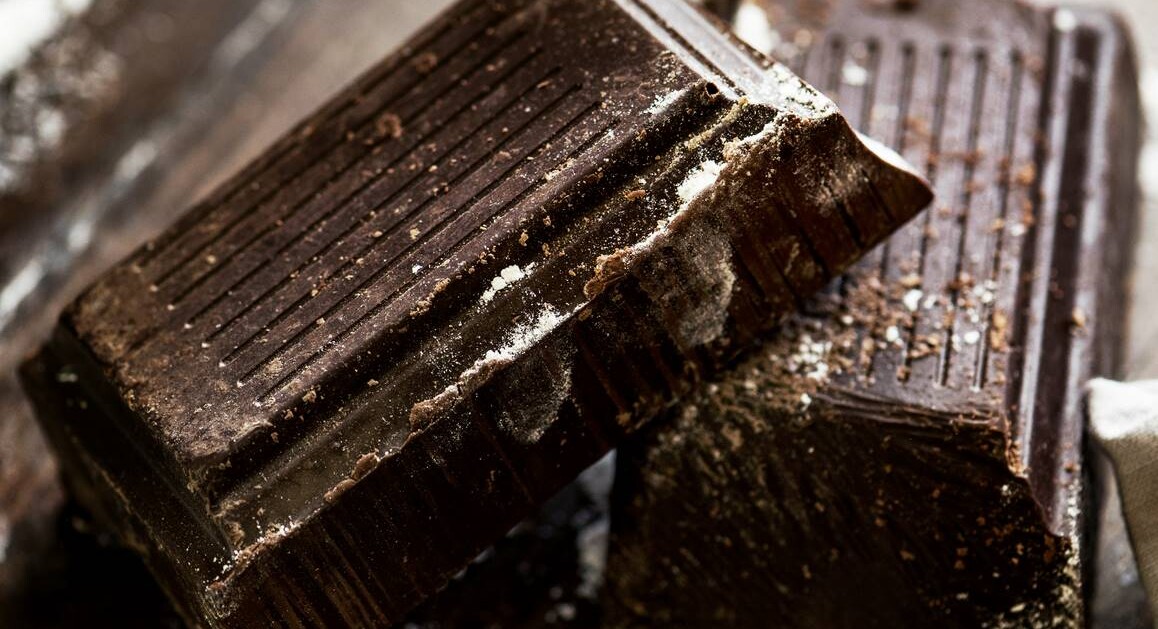
In a US study of 192,000 participants, five servings of dark chocolate a week was associated with a lower risk of developing type-2 diabetes.
This was in direct contrast to milk chocolate consumption, which was not associated with any protective effect, and rather was linked to higher weight gain.
The study included 34 years of data and over 18,000 incidents of type-2 diabetes, pointing to how dark chocolate, particularly the kind with 70% cacao or more, can be part of a healthy diet.
Everyone should first understand that the study is the most fertile soil for a phenomenon in science literature known as the ‘healthy user bias.’ Put simply, people who care about looking after themselves are more likely to select dark chocolate, because of its lower sugar content, than milk chocolate, just as those people who are less bothered about monitoring their overall sugar intake won’t be bothered about which chocolate is available.
Furthermore, the 192,000 participants were nurses and health practitioners, and are therefore those most likely to be aware of the risks of added sugar in food.
Even though the authors of the study, published in the British Medical Journal, report to have adjusted the results for diet, personal, and lifestyle factors, the healthy user bias can manifest in other ways; and the diets of the individuals were gathered from food frequency questionnaires which are notorious for participants entering what they imagine or want to perceive themselves as eating, rather than what they actually ate.
These are not only challenges related to this study on chocolate, but almost all dietary literature because people don’t have the time or desire to lock themselves in a metabolic ward to perform a randomized controlled trial that would yield the gold standard of medical data.
With these caveats printed, there was still a 21% associated risk reduction in developing type-2 diabetes, the most rampant metabolic disorder in the US and around the world, when consuming dark chocolate rather than milk chocolate.
One potential strength of the study was that 5 or more servings of dark chocolate per week was actually associated with a 10% lower risk of developing type-2 diabetes when compared with those who ate no chocolate at all.
It could be because they are selecting other options such as vanilla ice cream, but it’s a possible indication that the finding is something more than corollary.
Another potential strength of the study was that it identified a dose-dependent response to dark chocolate’s protective effect. In the study, every additional weekly serving was associated with a 3% greater risk reduction in developing type-2 diabetes.
SIMILAR SORT OF SCIENCE: Type 2 Diabetes Patients Who Stick to Low-Carb Diet May Be Able to Stop Taking Medication: Study
While this could again be down to the healthy user bias, in the sense that every additional day of the week consuming dark chocolate means one less consuming a more sugary dessert, it may also point to the influence of an organic compound present in chocolate that isn’t found in processed deserts: flavanols.
Flavanols are a plant chemical that acts as an antioxidant. Readers who frequent the supplement aisle at the pharmacy may have seen a bottle marked ‘Quercetin’. Derived from the Latin word for oak, quercetin is a flavanol, and is sometimes taken to ease inflammation of the prostate, reduce blood pressure, and tame upper respiratory tract infections.
CHOCOLATE NEWS: Big Chocolate on Brink of Revolution as Swiss Scientists Use Cocoa Bean Waste to Replace Sugar
Some studies have suggested it may have a potential for improving heart health, though more research would be needed to know for sure. Going off of first principles, quercetin is found in vibrantly-colored fruits and vegetables, like bell peppers, onions, tomatoes, and dark leafy greens like kale and cabbage, and probably contributes in many small ways to proper physiological functioning, or we wouldn’t have evolved palates to enjoy these foods.
More research is definitely needed to explore this association, but consumers and individuals can use it regardless as a good guide for selecting foods, particularly deserts: more dark chocolate, less milk chocolate.
INDULGE In This Chocolately News with Your Friends…




















